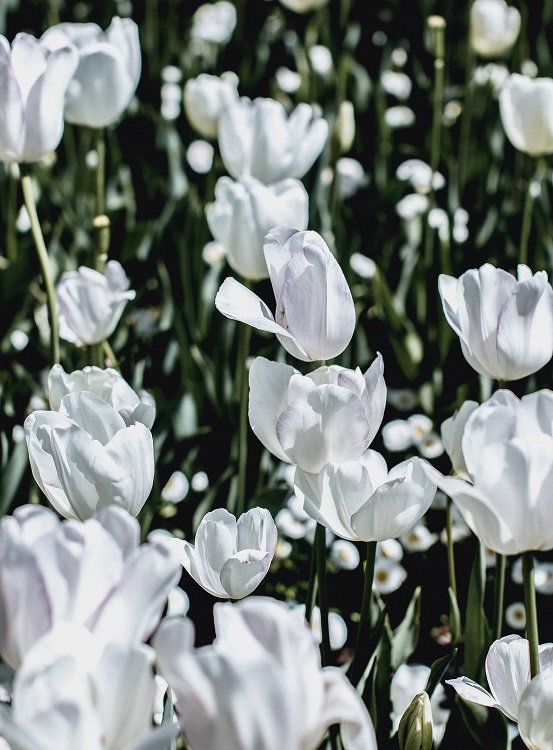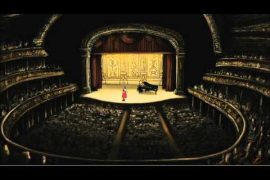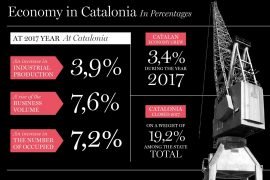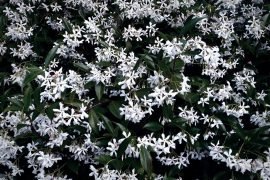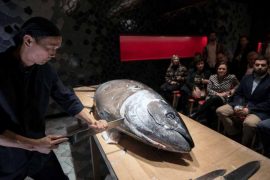“We are closer to orchids than we are to apes” (P. Sloterdijk)
We like flowers because they are potential fruits: a promise of an eternity that is unconsciously sought after. Their visual and olfactory display, the ploy supplied by nature to ensure their perpetuation (through pollination and subsequent fruiting, and then seed for the future). Nothing is casual and spring is a favorite time for color burst, for the awakening of the senses and mating rituals for a large variety of species, except, partly, for human beings. Certainly, the unremitting human emancipation from nature –transformed into “culture” – is never complete. The impulse remains, ebbs and flows, and often resurfaces with a special emphasis on flowers. For example, celebrations of life and death integrate flowers as symbols of prosperity or comfort, and are not intended for mere cosmetic purposes. The act of love, as a full blend of two beings –that, in turn, produces a new being– and the stage of passing away –and abandoning the living side of nature– cocoon the secret and legitimate hope of continuity, be that in terms of procreation or eternal life.
BULBS
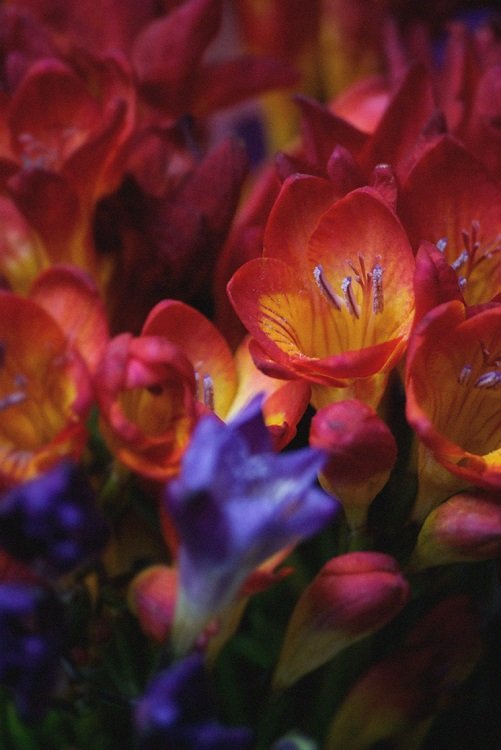
Bulbs are the flowers that best illustrate the rebirth of nature. The same plant is reborn, as new, after months of quiet and underground existence. Cold and, above all, lack of daylight allow a much-needed regenerating rest, as the bulb remains hibernated. Economy of resources bring about a blooming period, on seeing the early leaves jut out and show the energy they have stored for a few weeks, announcing the arrival of spring. Tulips, daffodils, freesias, hyacinths or lilies –to name just a few of the most popular– rekindle the miracle of nature after a patient gestation period. Like life itself, fruiting has many surprises in store, as each year bulbs may have proliferated, populating slender flowerbeds or flower pots with colors and fragrances. Because of their intensity, undoubtedly, hyacinths prevail as well as some species of daffodils. But freesias, with their spicy freshness, familiar and mysterious (as they differ depending on their color, the red ones being the most fragrant) are unrivalled. Probably because their fragrance is inextricably linked in the emotional calendar to weeks of fluctuating temperature –and fine-tuned sensibility– around Easter, an intense period for Christianity as it celebrates the end of a time and the hope of a new and better life. This is certainly a time of rebirth, if not spiritual, at least emotional, a time of unconscious conscience –i.e. intuition– that the fruit season is drawing near.
ORCHIDS
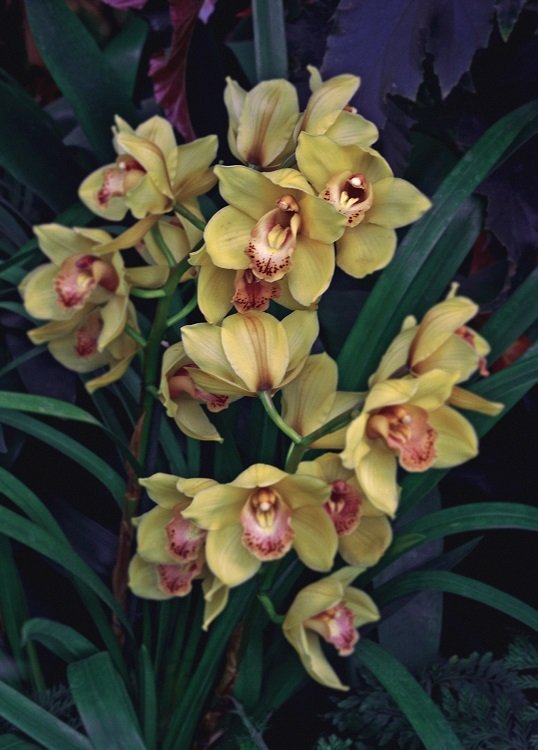
Pure exoticism in any of its innumerably assorted varieties: there are between 25 and 30 thousand of different species, not counting its many artificial hybrid varieties that double this figure. Some species are even unknown, and are discovered accidentally amidst impenetrable thick rainforests, thus enriching the imaginary around these plants. Their sophisticated flowers, and their specific pollination necessities, unique to each species, has been romanticized in the amazing movie Adaptation, with Nicholas Cage, taking on the twin role of scriptwriter Charlie Kaufman (accidentally, Being John Malkovich’s scriptwriter) and his twin brother, inexistent in real life. The movie shows the relationship of an eccentric and selfish orchid seeker with a journalist who writes a book on him (Meryl Streep). In turn, the book has been transformed into a movie script on account of Kaufman’s fictional personality split. A convoluted plot that unfolds masterfully, with an uncommon naturalness despite its self-referencing and self-conscious clichés. Added to that, this example of a fiction inside a fiction is not used as a mere decoy for the “ghost orchid” (Polyrrhiza lindenii), a much-unknown and fantasized reality. In fact, flowers are at the heart of the story.
The complex character of orchids, with unimaginable shapes and colours –and their capacity to imitate the nature of the animals pollinating them, as if welcoming some kind of sexual intercourse, as the main protagonist of the movie explains–, is also reproduced in formal terms, through overlapping discourse and characters alternating between reality and fiction. Giorgia O’Keeffe expresses in her canvasses what not more subtly Marcel Proust had revealed in a short novel included in his first part of In Search of Lost time, entitled Swann’s Way: the protagonists refer to sexual intercourse with delicacy –at least, they intend to– by alluding to one of the plant’s most popular genre (“Faire cattleya”), and is present in their encounters. Although the structure of orchids is similar, the omnipresent Phalaenopsis is not loaded with the same connotations; after all, it is offered as a gift for unusual occasions. Without going to the extreme of the exoticism in Adaptation, or the performative demands in Cattleya, other orchid species can brighten one’s life for many years, if positioned near windows not exposed into direct sunlight and subjected to moderate (or scarce) watering, as required by orchids from the gender Dendrobium or Oncidium. Last but not least, the Cambria, a hybrid product, is sweet-smelling, unlike other orchid species.

